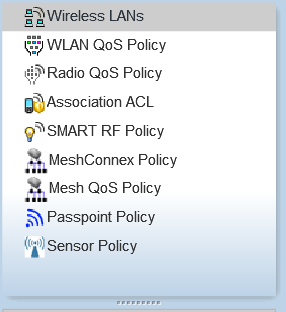A Wireless Local Area Network (WLAN) is a data-communications system and wireless local area network that flexibly extends the functionalities of a wired LAN. A WLAN links two or more computers or devices using spread-spectrum or OFDM modulation based technology. A WLAN does not require lining up devices for line-of-sight transmission, and are thus, desirable for wireless networking. Roaming users can be handed off from one connected access point to another, like a cellular phone system. WLANs can therefore be configured around the needs of specific user groups, even when they are not in physical proximity.
WLANs can provide an abundance of services, including data communications (allowing mobile devices to access applications), E-mail, file and print services or even specialty applications (such as guest access control and asset tracking).
Each WLAN configuration contains encryption, authentication and QoS policies and conditions for user connections. Connected access point radios transmit periodic beacons for each BSS. A beacon advertises the SSID, security requirements, supported data rates of the wireless network to enable clients to locate and connect to the WLAN.
WLANs are mapped to radios on each connected access point. A WLAN can be advertised from a single access point radio or can span multiple access points and radios. WLAN configurations can be defined to only provided service to specific areas of a site. For example a guest access WLAN may only be mapped to a 2.4GHz radio in a lobby or conference room providing limited coverage while a data WLAN is mapped to all 2.4GHz and 5GHz radios at the branch site providing complete coverage.
WLAN policies can be separately selected and refined in the pane located on the top left-hand side of the UI.
